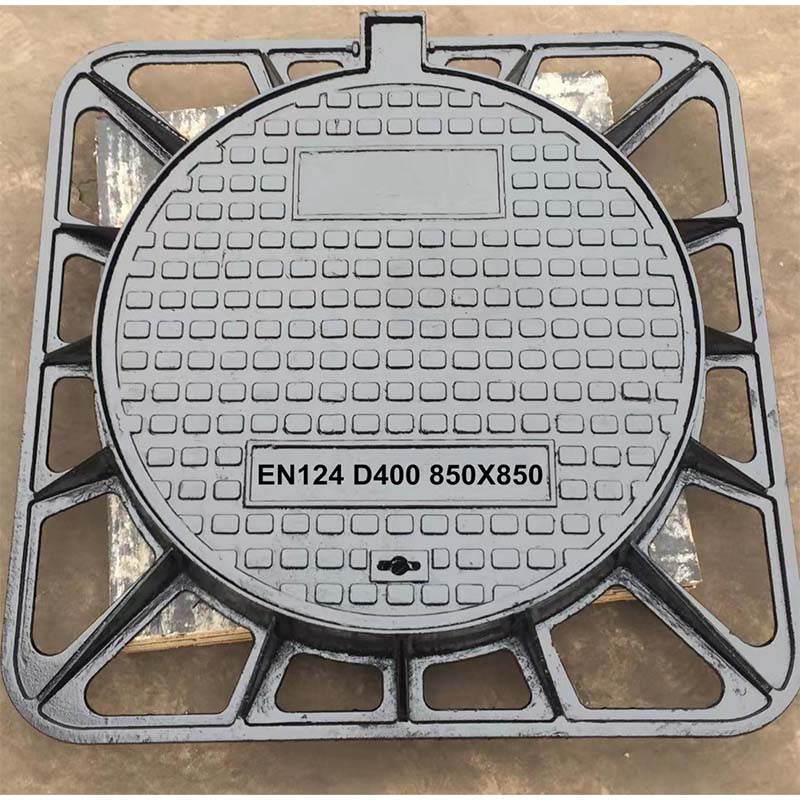compressed air pressure relief valve
Understanding Compressed Air Pressure Relief Valves
Compressed air systems are vital components in various industrial applications, powering equipment, tools, and processes used across numerous sectors. However, the operation of these systems comes with inherent risks, particularly associated with the potential build-up of excess pressure. To mitigate this risk, pressure relief valves (PRVs) are crucial components that ensure safety and efficient operation.
A compressed air pressure relief valve is designed to automatically release excess pressure in a system when it exceeds a predetermined limit. This function is critical because excessive pressure can lead to equipment failures, system malfunctions, or even hazardous situations such as explosions. The proper functioning of PRVs not only saves equipment but also protects the safety of personnel working in the vicinity.
Most pressure relief valves operate based on a spring-loaded mechanism. As long as the pressure within the system remains below the set limit, the valve remains closed. However, when pressure exceeds this threshold, the force on the valve’s disc overcomes the spring tension, allowing air to escape. This release of pressure continues until the system stabilizes at a safe level. Once this occurs, the spring-driven mechanism allows the valve to close, returning the system to normal operating conditions.
One of the main types of pressure relief valves used with compressed air systems is the pop-off valve. This valve opens instantly when the pressure limit is reached and provides a straightforward way to alleviate pressure sporadically. Another type is the adjustable pressure relief valve, which allows operators to set the opening pressure to meet specific system requirements. Adjustable valves offer greater flexibility but require regular maintenance to ensure their performance remains accurate.
compressed air pressure relief valve

It is essential to select the right pressure relief valve based on specific application needs. Factors like the maximum allowable working pressure (MAWP), the type of air compressor in use, and the nature of the air system will influence the choice of valve. Additionally, the materials used in manufacturing the valve should be compatible with the operating environment to avoid corrosion and wear that could compromise its effectiveness.
Periodic inspection and maintenance of pressure relief valves are critical for reliable operation. Over time, contaminants such as oil, dirt, or moisture can accumulate and affect the performance of the valve, potentially leading to premature failure. Regular testing ensures that the valve can fully open and close as designed, providing assurance against potentially dangerous pressure buildups.
Furthermore, it is essential to adhere to relevant codes and standards while installing and maintaining pressure relief valves. Organizations like the American National Standards Institute (ANSI) and the Occupational Safety and Health Administration (OSHA) provide guidelines that help maintain safety and prevent accidents in compressed air systems.
In conclusion, a compressed air pressure relief valve is an indispensable component that enhances safety and reliability in compressed air systems. By preventing overpressure situations, these valves protect not just the equipment but also the safety of operators and surrounding personnel. Regular maintenance, appropriate selection, and compliance with safety standards will ensure that pressure relief valves function optimally, thereby sustaining the integrity and safety of compressed air systems.
-
The Smarter Choice for Pedestrian AreasNewsJun.30,2025
-
The Gold Standard in Round Drain CoversNewsJun.30,2025
-
The Gold Standard in Manhole Cover SystemsNewsJun.30,2025
-
Superior Drainage Solutions with Premium Gully GratesNewsJun.30,2025
-
Superior Drainage Solutions for Global InfrastructureNewsJun.30,2025
-
Square Manhole Solutions for Modern InfrastructureNewsJun.30,2025
-
Premium Manhole Covers for Modern InfrastructureNewsJun.30,2025
